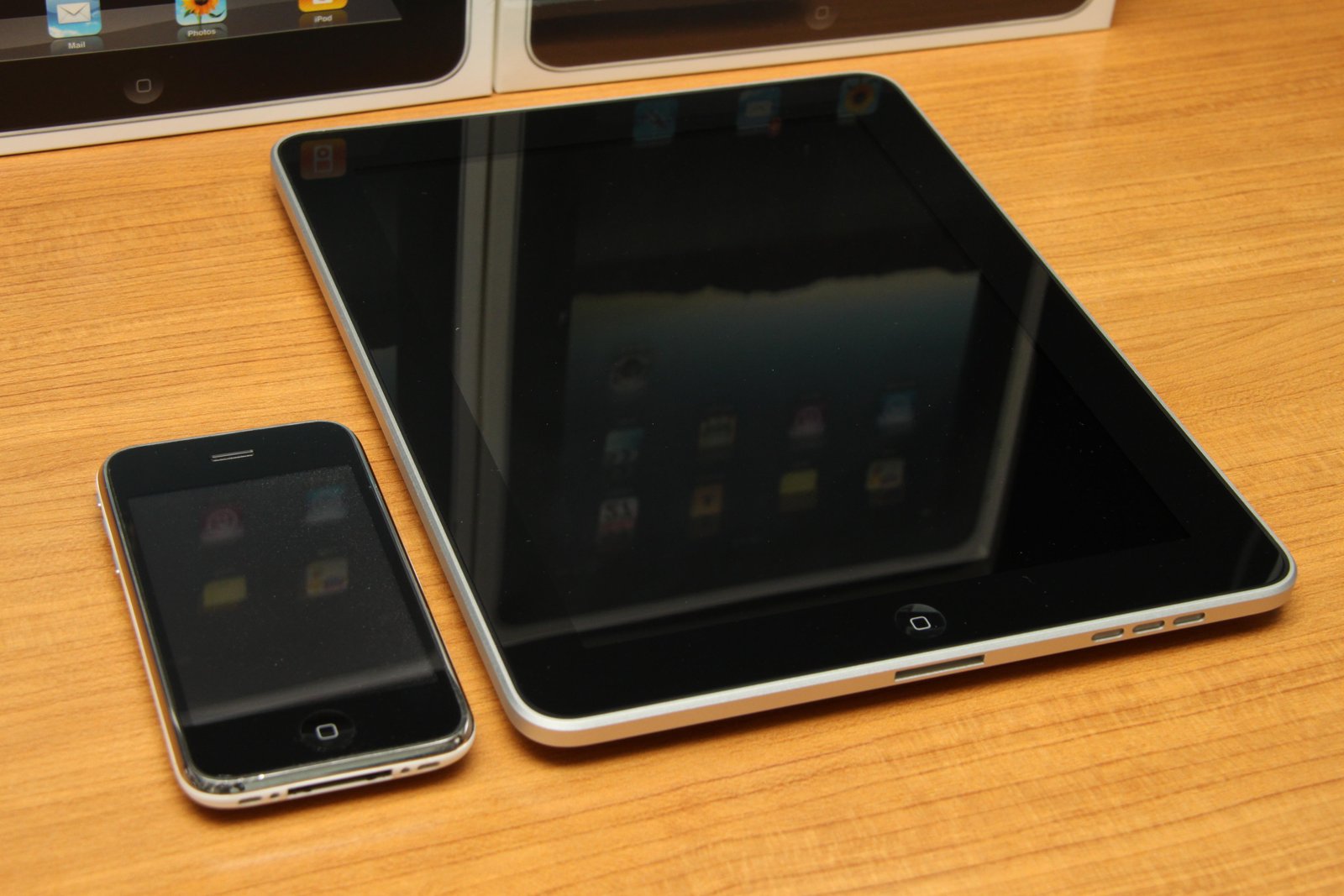Table of Contents
In the blink of an eye, personal computers have transformed from bulky, room-sized machines into sleek devices that fit comfortably in our palms. This remarkable journey through technological advancement has not only redefined how we interact with the digital world but has also reshaped our daily lives and our understanding of information.
As we traverse the timeline of PC evolution, we discover a rich tapestry woven from innovation, necessity, and creativity. Each era brought forth distinct breakthroughs, from the introduction of graphical user interfaces to the rise of cloud computing, propelling us into a future that once seemed like science fiction.
Join us as we delve into this fascinating evolution, tracing the milestones that have led to the modern computing experience. By exploring the interplay of hardware advancements and software innovations, we gain insight into how personal computers have become indispensable tools for both work and play in our rapidly changing world.
The Rise of the Personal Computer and Its Cultural Impact
The personal computer’s meteoric rise transformed not just technology but society itself. Individuals gained unprecedented access to tools that empowered them to create, communicate, and innovate. This shift fostered a sense of ownership over technology, blurring the lines between creators and consumers, as more people began to express themselves through digital platforms. The democratization of information led to a culture of sharing and collaboration, altering traditional media landscapes forever.
Moreover, the advent of personal computers catalyzed social changes. The workplace evolved, enabling remote working and global connectivity, while educational resources became widely available. Communities formed around hobbies, interests, and professional endeavors, united by the ability to connect online. The personal computer not only changed how we work and learn but also how we perceive community, identity, and culture in an increasingly digital world.

Technological Innovations That Shaped Modern Computing
From the earliest days of computing, several groundbreaking innovations have revolutionized the landscape of personal computing. Microprocessors, developed in the early 1970s, enabled the creation of smaller, more affordable computers. The introduction of Graphical User Interfaces (GUIs) transformed the user experience, making technology accessible to the masses. Additionally, the rise of internet connectivity in the 1990s fundamentally altered how we interact with information and each other, paving the way for a digitally connected society.
Another pivotal advancement has been the emergence of solid-state drives (SSDs), which significantly enhance data access speeds compared to traditional hard drives. Increasingly sophisticated cloud computing services have further expanded the capabilities of personal computing, allowing users to store and access data remotely. These technological milestones not only shaped modern computing but also laid the groundwork for innovations we enjoy today.

Navigating the Shift to Mobile Devices and Cloud Computing
As we transitioned from bulky desktops to sleek laptops, the rise of mobile devices reshaped our expectations. Today’s smartphones and tablets not only serve as communication tools but also as powerful computing devices that support productivity, creativity, and connectivity. The convenience of having applications at our fingertips has empowered users to shift their activities seamlessly, making mobile computing an integral part of daily life.
Cloud computing has further accelerated this evolution by offering scalability and accessibility. Users can now store vast amounts of data online, which leads to enhanced collaboration and real-time updates. The ability to access applications from anywhere encourages a flexible work environment. Below is a quick comparison of benefits between traditional computing and the mobile-cloud synergy:
| Aspect | Traditional Computing | Mobile & Cloud Computing |
|---|---|---|
| Accessibility | Location-bound | Global reach |
| Storage | Physical hardware | Online services |
| Collaboration | Siloed teams | Real-time teamwork |

The Future of Personal Computers: Trends and Recommendations
The landscape of personal computing is transforming rapidly, driven by innovations in technology and user needs. AI integration promises to elevate efficiency and personalization, while cloud computing offers powerful capabilities without the burden of local storage. Emerging devices, such as 2-in-1 laptops and compact desktops, cater to versatility, supporting both work and play. Users are increasingly seeking eco-friendly options, emphasizing sustainability as a core consideration in their tech choices.
To stay ahead of the curve, enthusiasts should focus on a few key trends. Consider investing in devices that support modular upgrades for longevity. Explore ergonomic designs that enhance comfort, especially for those working long hours. Lastly, delve into immersive technologies, like virtual and augmented reality, which are poised to revolutionize user experiences across various sectors. A proactive approach will ensure that your personal computing journey remains fulfilling and efficient.
Final Thoughts
As we conclude our exploration of the evolution of personal computers, it’s clear that this journey is as remarkable as it is transformative. From the bulky machines of the past to today’s sleek devices, every advancement has reshaped how we connect, create, and consume information.
To recap our journey:
- Historical Milestones: Key innovations paved the way for modern computing.
- Technological Advancements: Hardware and software developments have significantly influenced user experience.
- Cultural Impact: Personal computers have redefined communication, work, and leisure.
Looking ahead, the future holds endless possibilities as technology continues to evolve. Emerging trends like artificial intelligence and cloud computing promise to further change the landscape of personal computing. As we embrace these shifts, the journey of personal computers remains an ongoing adventure, inspiring us to imagine what might come next.



